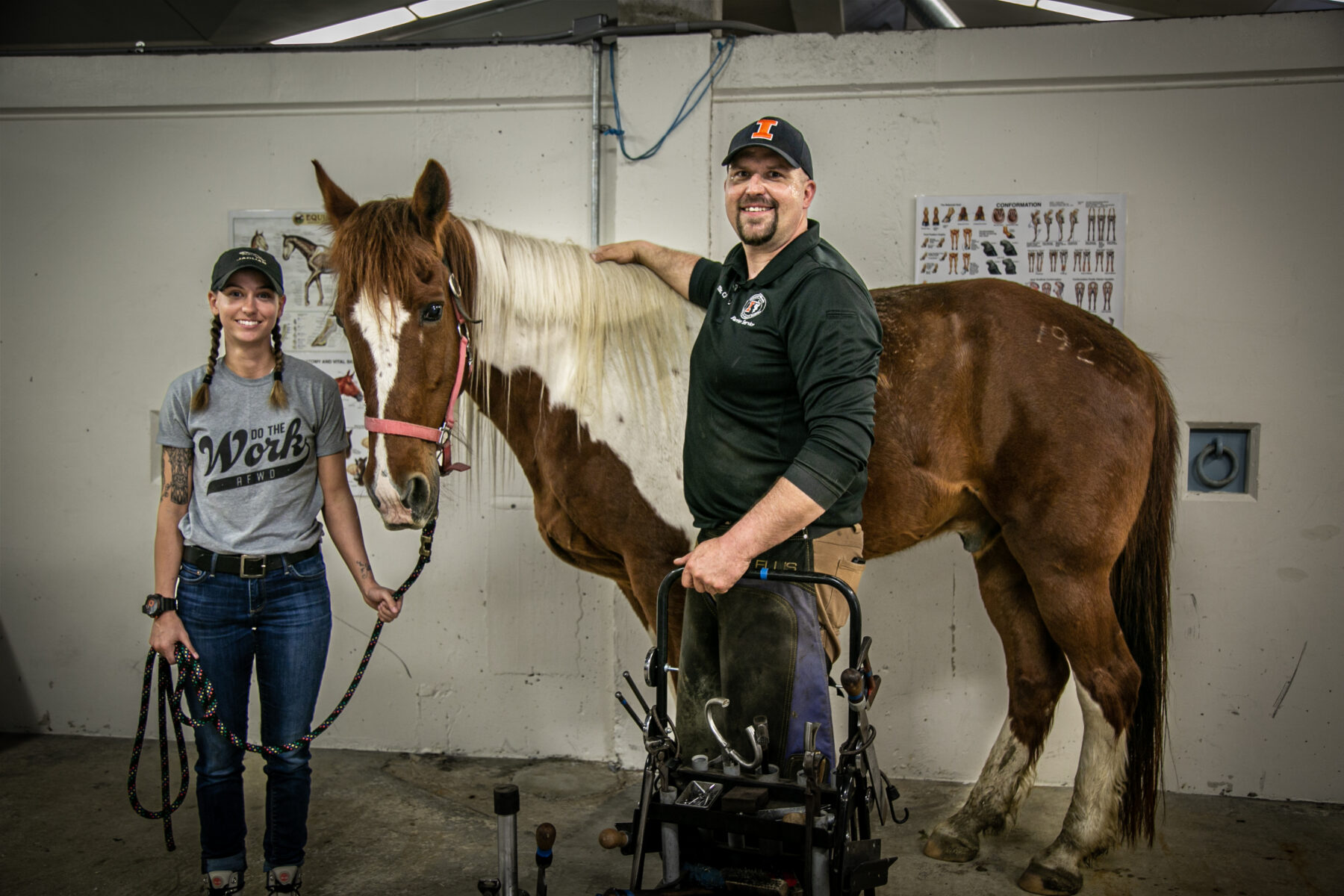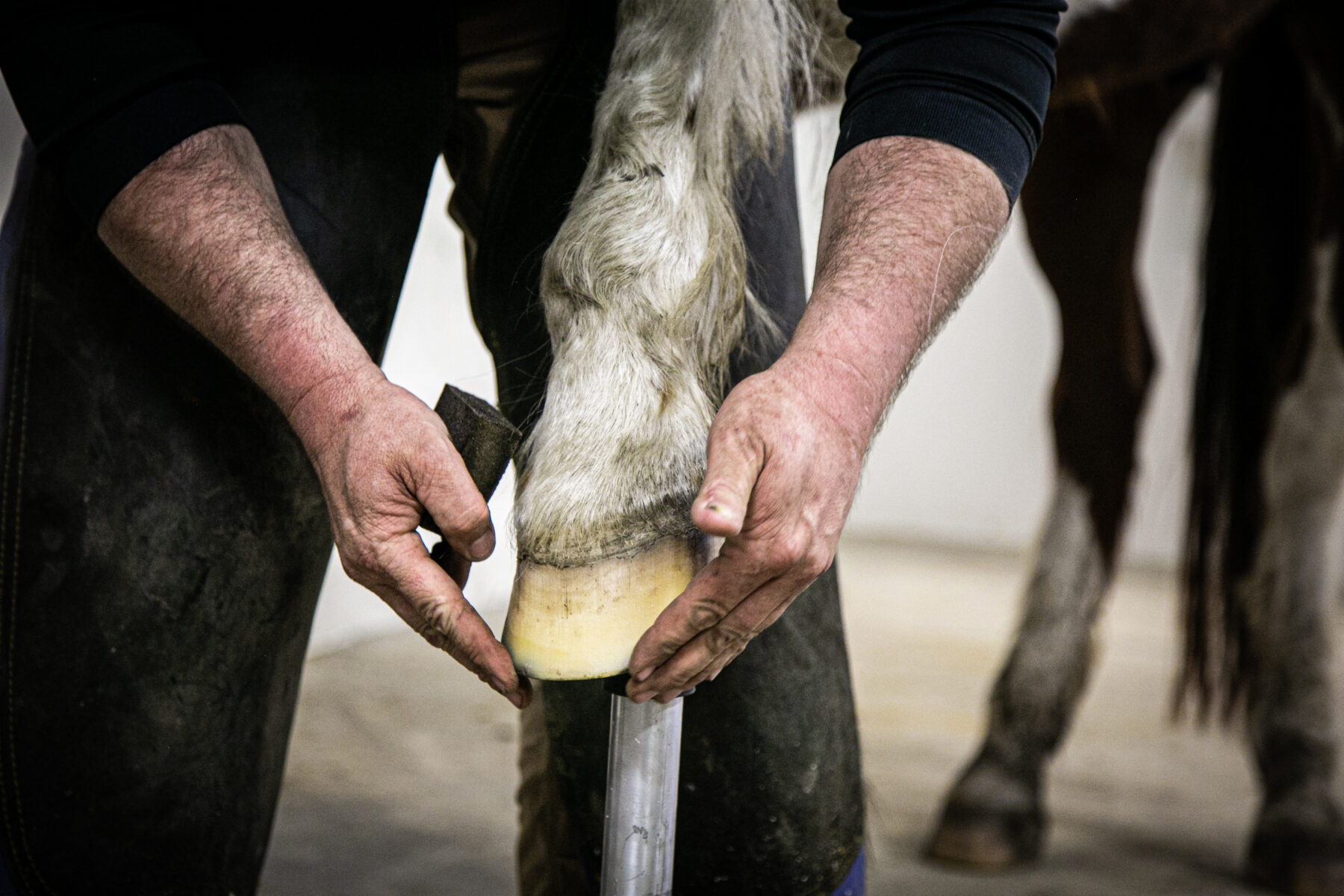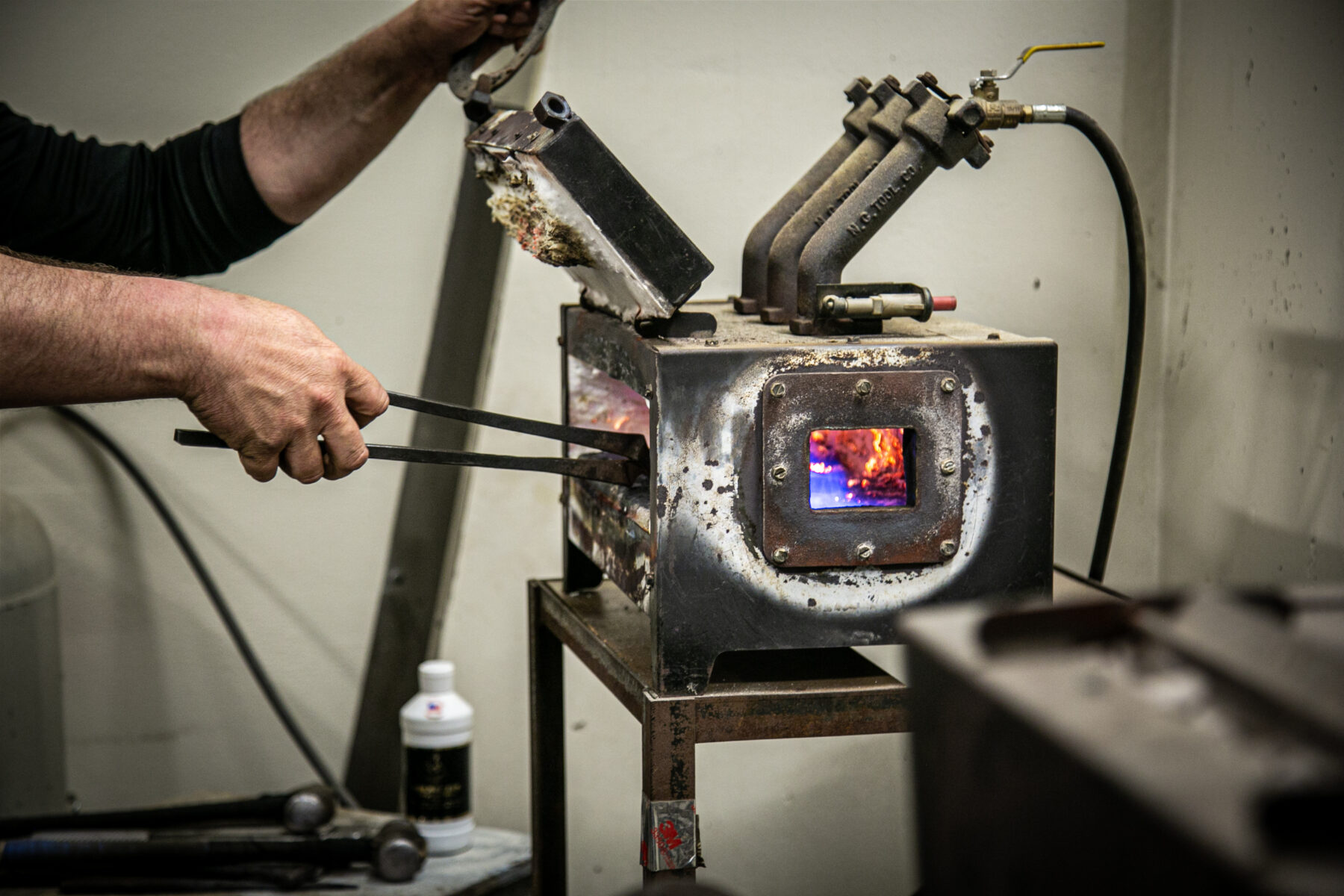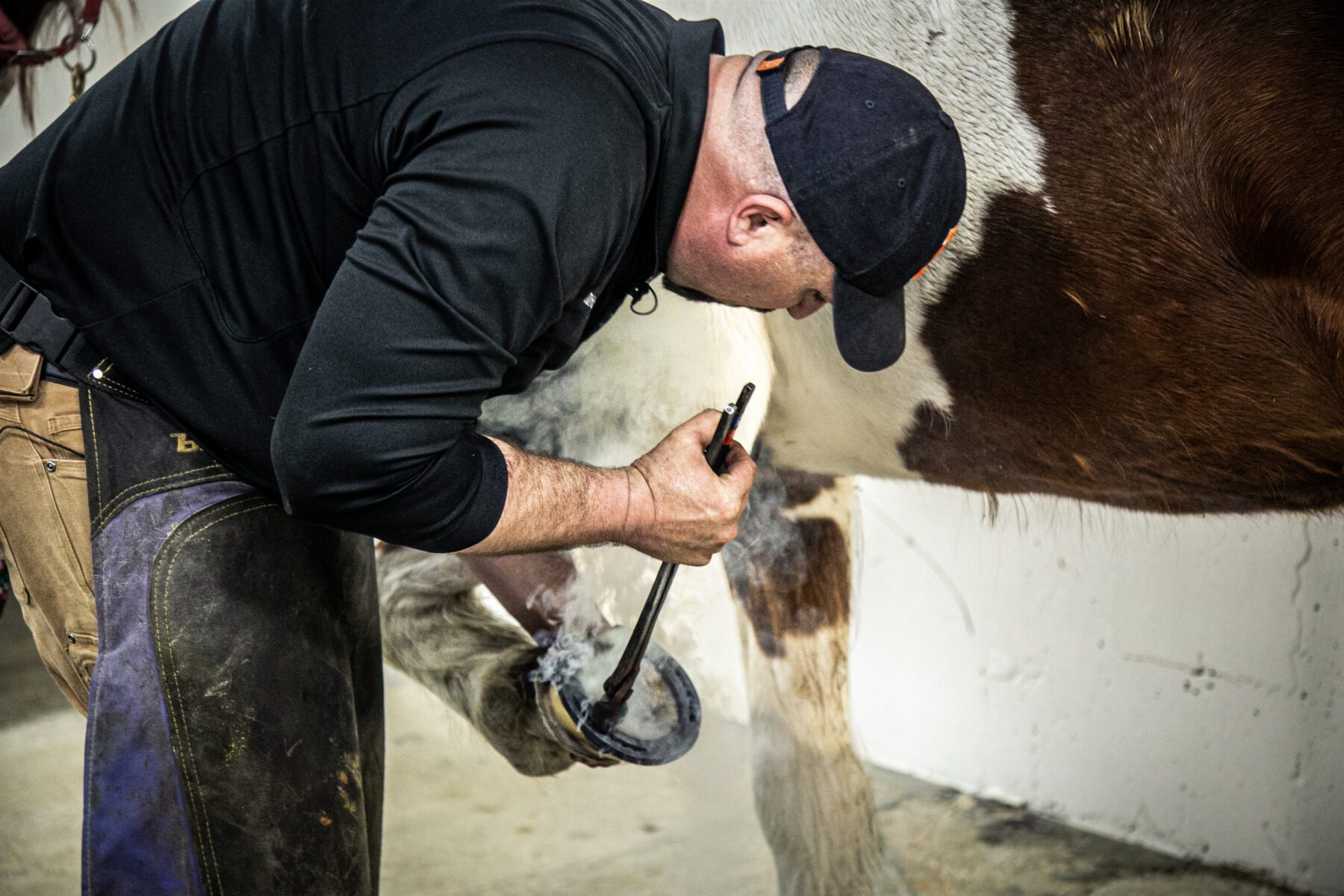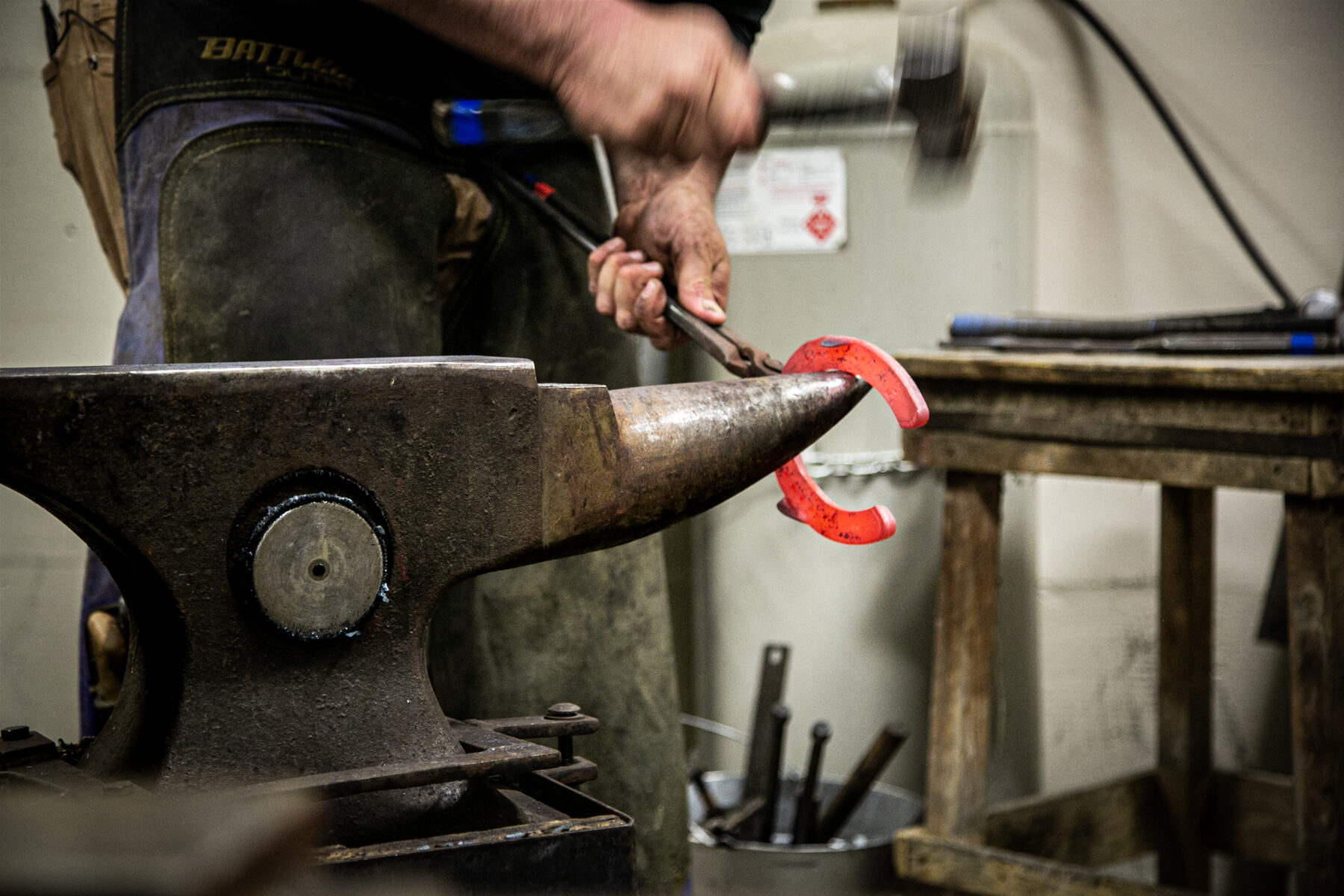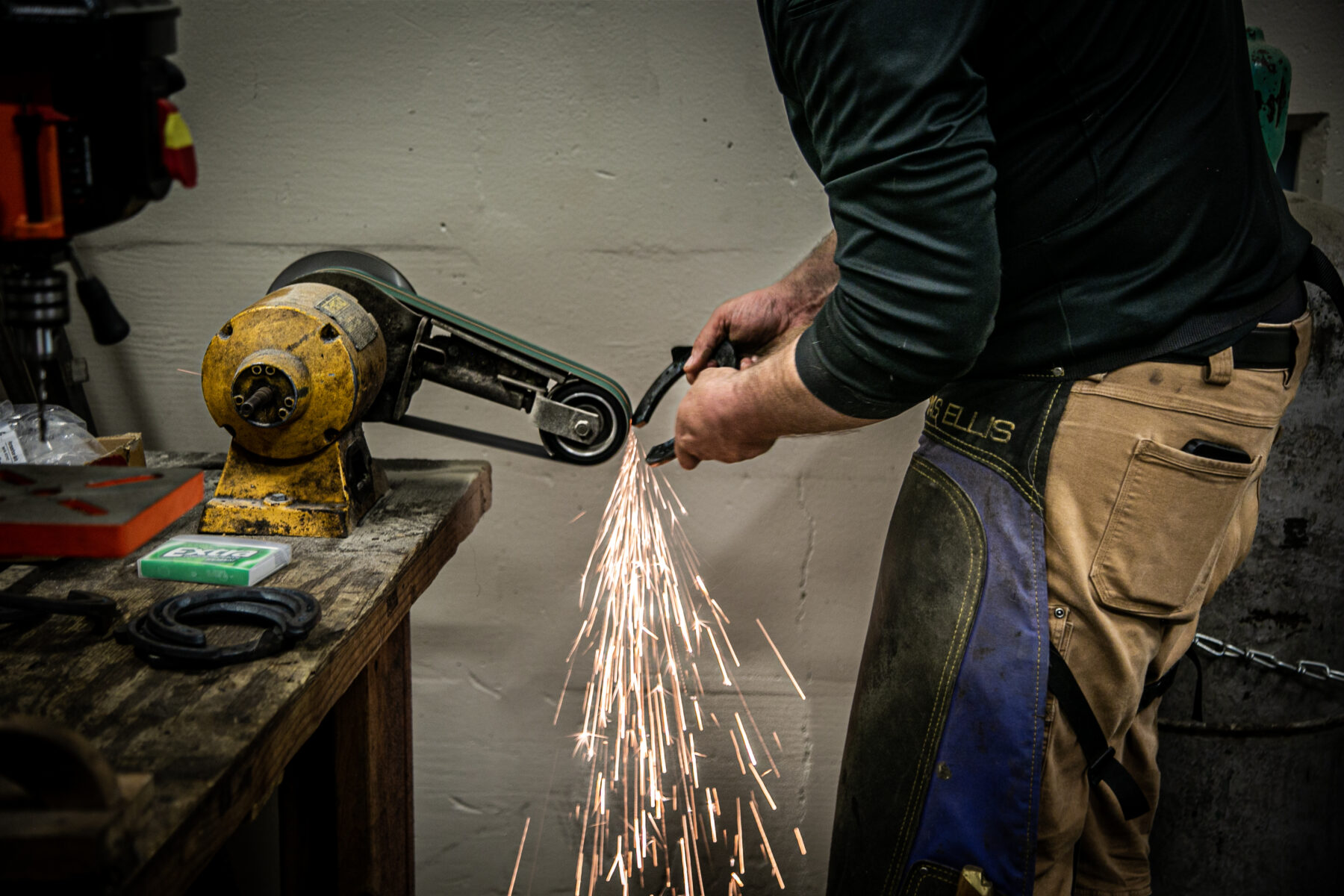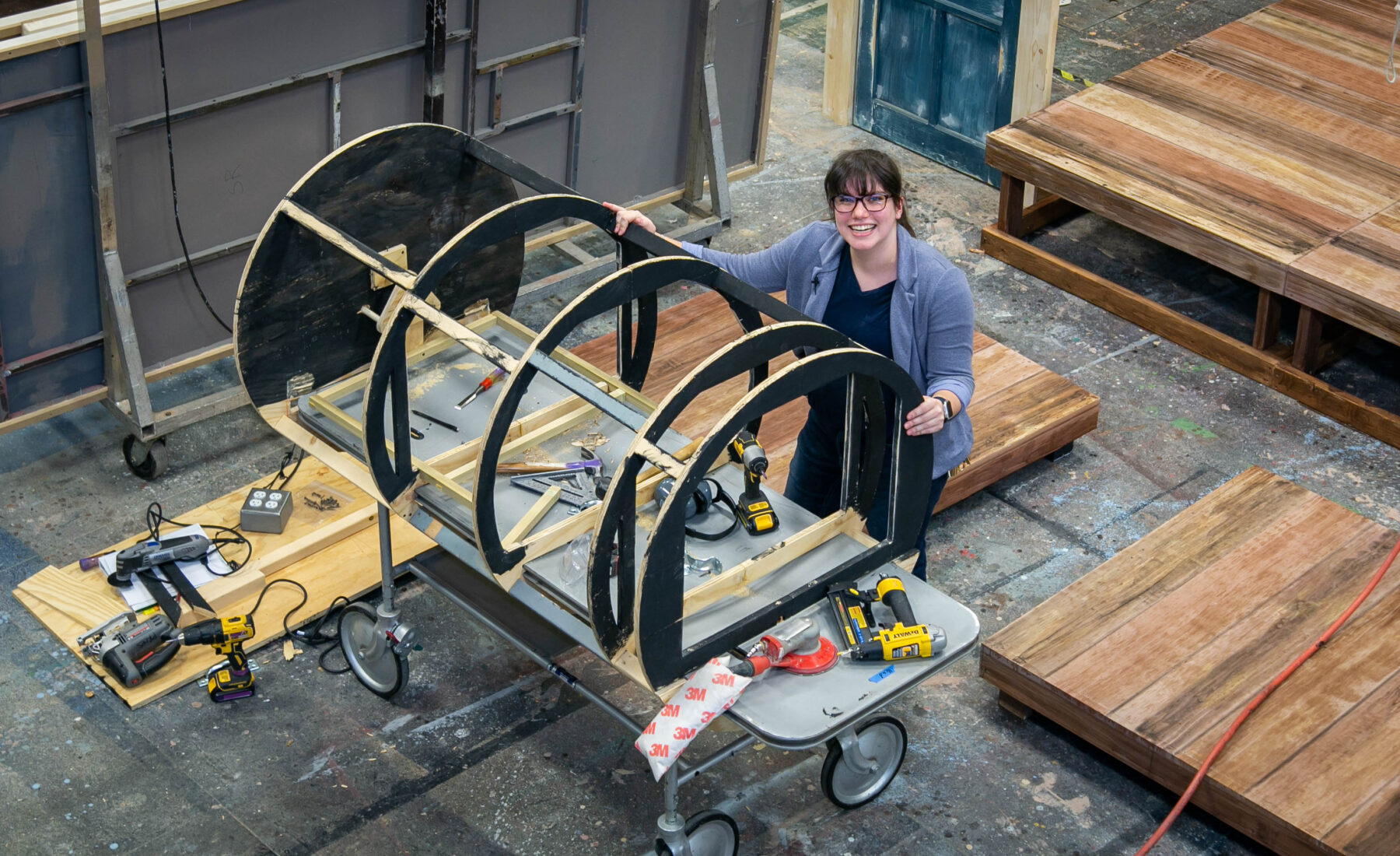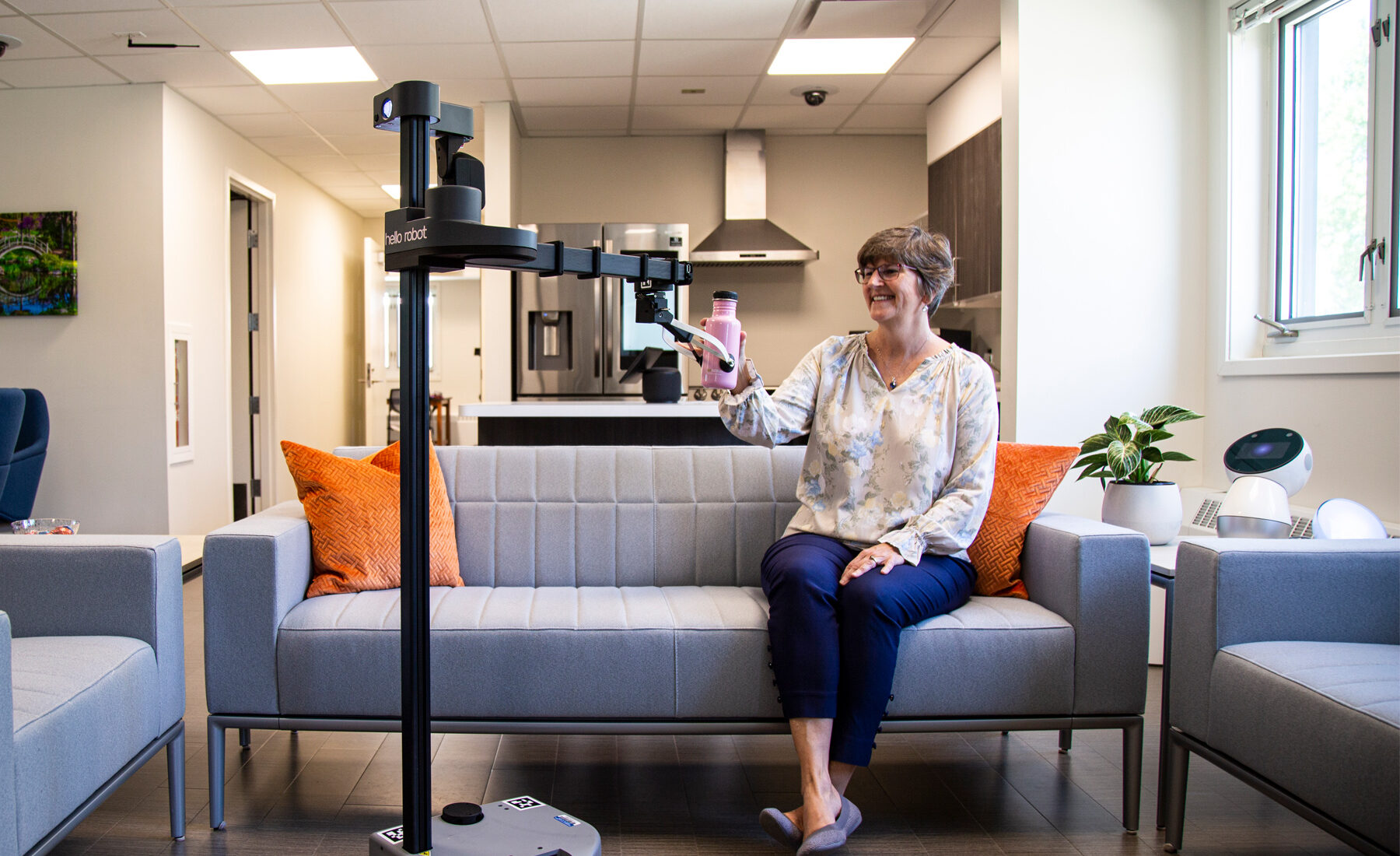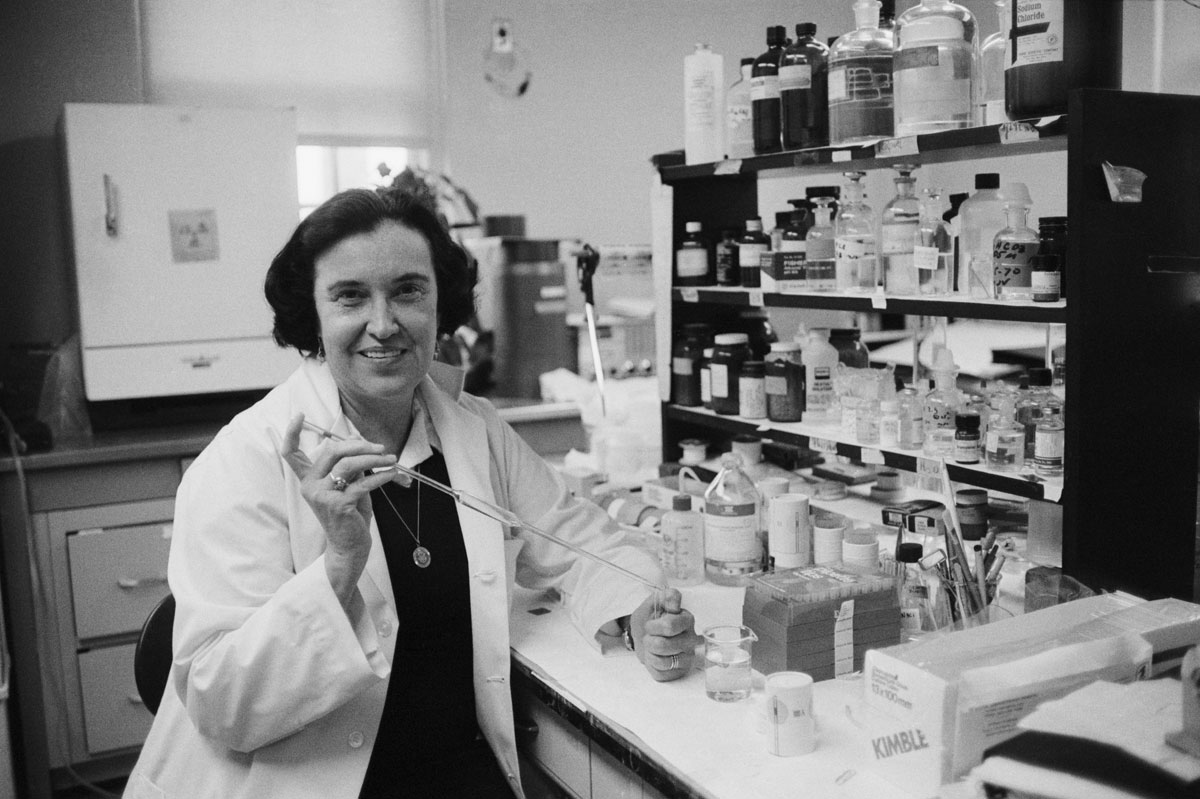Making Illinois is a three-part video series documenting our journey across campus to meet makers and learn more about their shops and the way that they work.
Tobias Ellis slowly approaches Buddy, a twenty-five-year-old, brown-and-white Missouri Fox Trotter with a docile demeanor. Tori Martin, who earned her veterinary degree at Illinois in 2023, loosely holds a rope clipped to the bridle under Buddy’s chin. He’s a favorite teaching horse among those studying and practicing at the College of Veterinary Medicine. Buddy’s hulking, 1,100-pound body easily gives way to Ellis as he examines the horse’s legs and barefoot hooves in preparation to fit him with shoes.
Around them, anatomical diagrams of hooves are tacked to the walls; an assortment of shoes is arranged on a table, including standard aluminum ones, one used to treat a hyperextended tendon and one to stabilize a broken hoof. Drawing from age-old methods and equipped with tools that have changed only slightly over the centuries, there’s still only one way to shoe a horse: one hoof at a time. It’s a pursuit that stands in contrast to the computer-tethered, scholarly environment one expects at a technological powerhouse like Illinois. To the more than 2,000 horses that see the farrier service at Vet Med each year, as well as the students, doctors, and patients at Vet Med, the skilled hands of the farrier are indispensable.
“NO HOOF, NO HORSE” is an old saying every farrier knows well, and it’s a reminder of all that rides on four slender yet sturdy legs. Infections, ill-fitting shoes, or unkept nails can easily compromise a horse’s ability to work, race, perform, transport, and play. And while our dependence on horses has declined over the last century, for most of human history, the health of our horses had a significant impact on our lives.
Ellis, a certified journeyman farrier with the American Farriers Association, has been working as a farrier since 2000, when he started as an apprentice in Oregon, but his love of the craft started when he was a boy. He grew up riding horses in the mountains of the Oregon Coast Range and remembers admiring the traveling farrier who would come to shoe his family’s horses.
“He built his own rig, including a coal forge in the back of his truck. I thought it was the greatest trifecta: He got to bring his dog to work, play with horses, and play with fire,” Ellis said with a laugh.
Years later, after going through a farrier program, Ellis actually got to work with his old farrier—and today, Ellis owns the rig he so coveted as a boy. A farrier will usually travel to different farms and stables within a defined territory. After working in Oregon, Ellis now appreciates the unique experience he gets to have working with faculty and students at Illinois.
“I can share my practical experience with them, and they share their knowledge base. Together we all get better, and, in the end, the horses win.”
After twenty-three years, Ellis acknowledges he is still learning, especially now that he works alongside elite veterinarians. Technology continues to shape the field of veterinary medicine, improving animal care exponentially, but just as important are the skills of the farrier—ones that date back thousands of years.
“I communicate a lot with the veterinarians about what injuries and needs a horse might have,” Ellis said. “And what’s great is they can use ultrasounds, MRIs, and radiographs to tell us what’s happening inside. That knowledge then informs what I’m doing on the outside.”
Yet even for horses receiving new shoes for healthy hooves, it’s a custom fit each time. Just as you wouldn’t go hiking in stilettos or jogging in boots, a farrier creates a shoe for each horse’s specific need.
Watch more Making Illinois:
Episode 1: Bridgette Dona, Properties Manager
Episode 3: Neil Pearse, Shop Manager
Host Justin M. Brauer
Words Abigail Bobrow
Photographs Joseph T. Brumleve
Videography Rebecca Schultz, Abigail Bobrow
Editing Justin M. Brauer, Abigail Bobrow
Design Rebecca Schultz
This story was published .